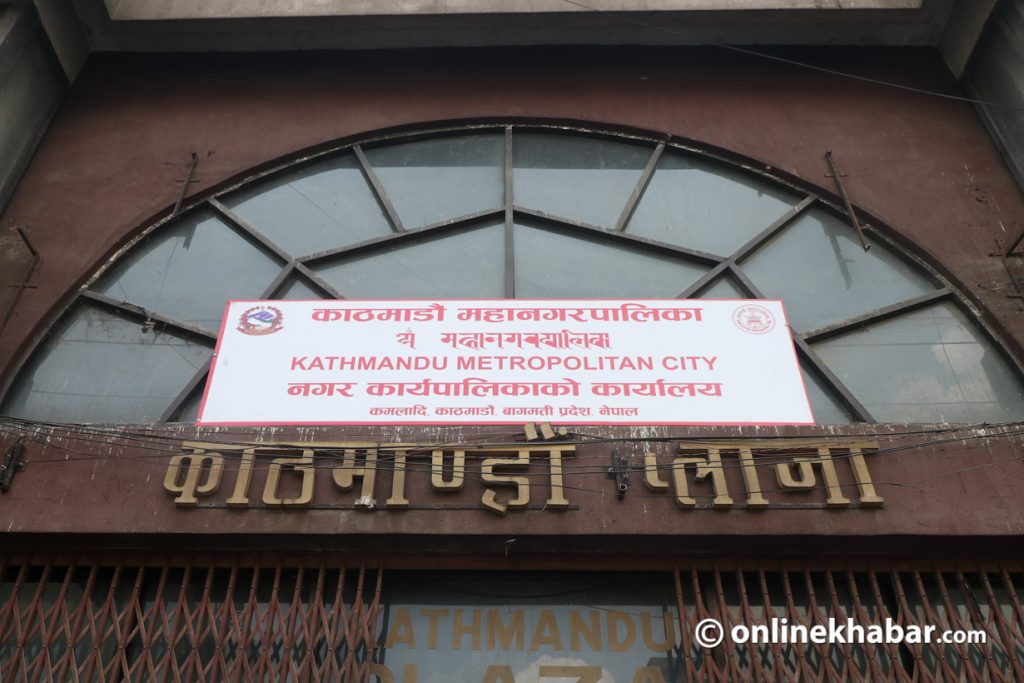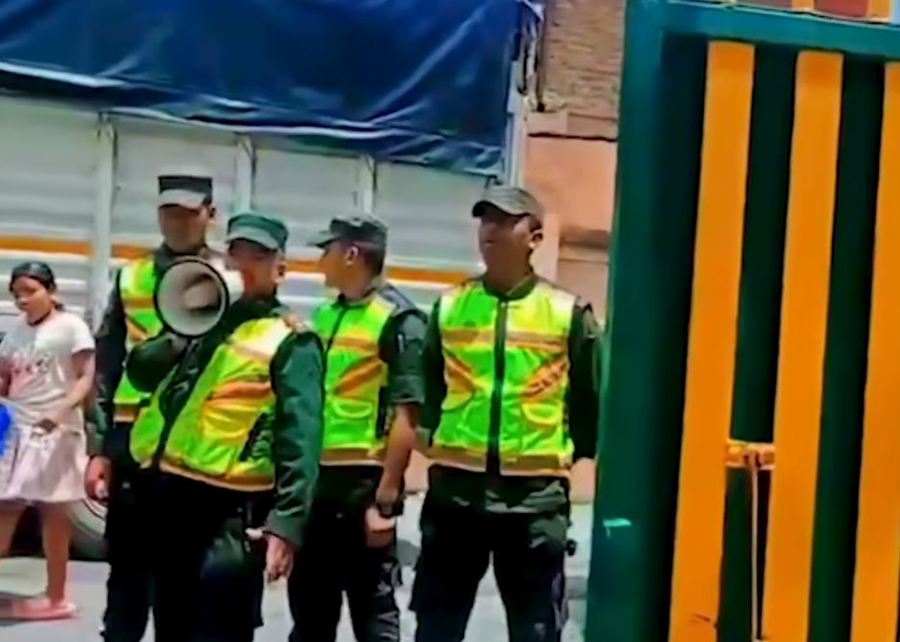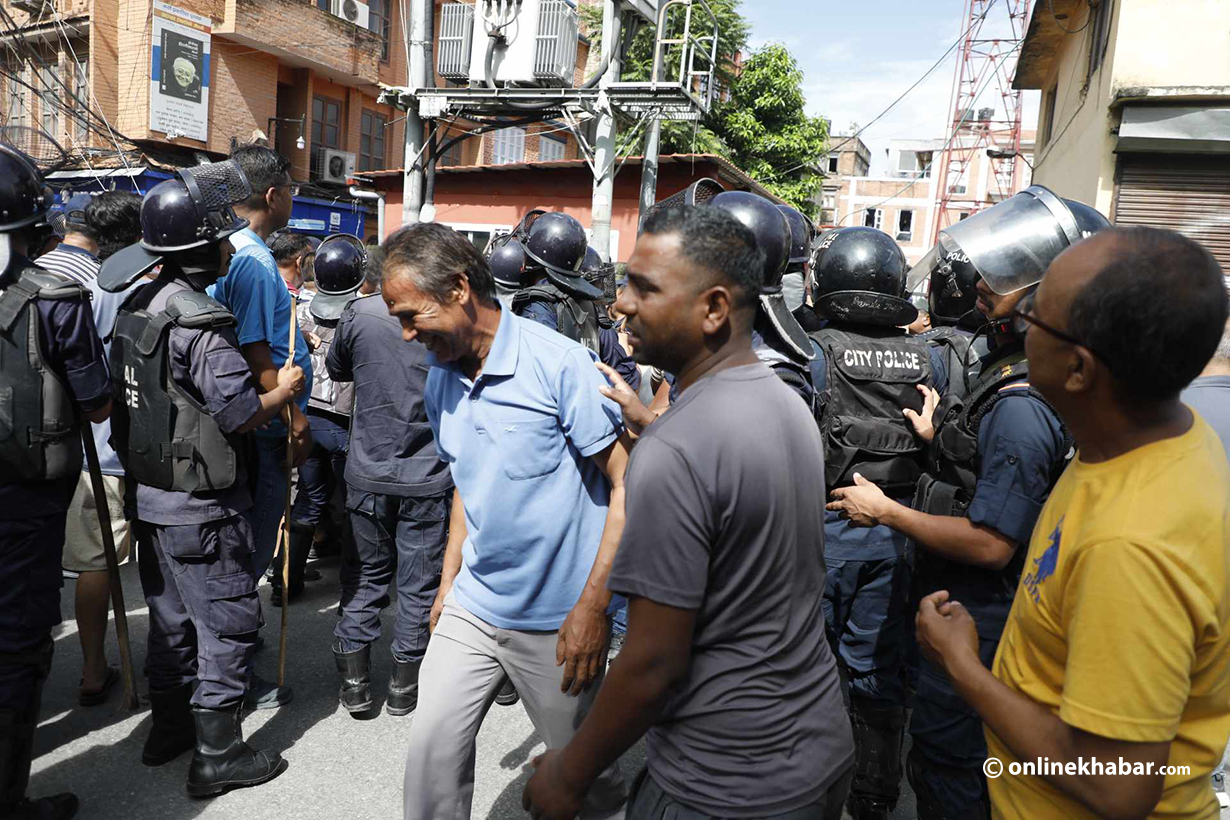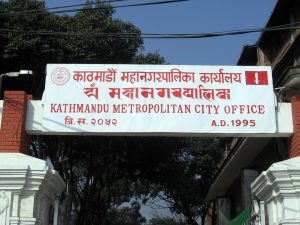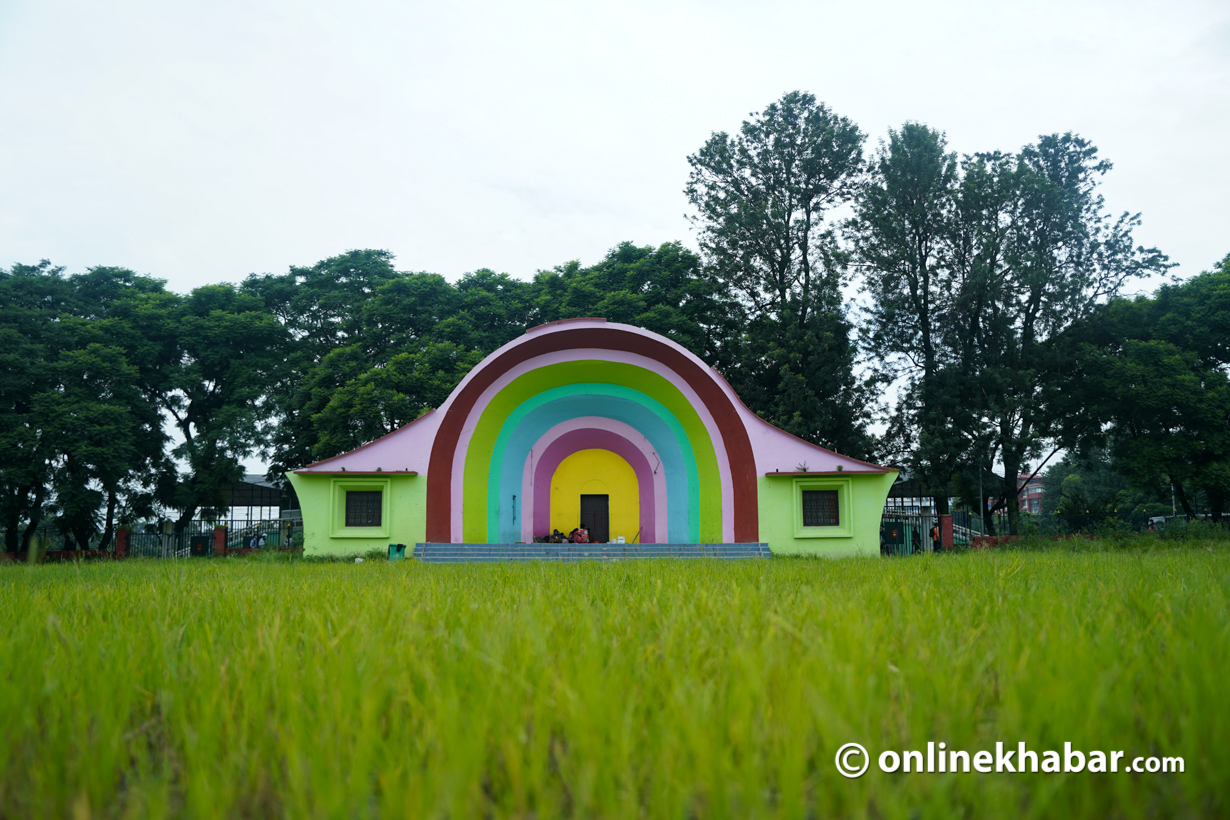
Khulamanch, located at the heart of the capital city, is being reopened for the public after two years. This historically and socially important landmark had been padlocked by Kathmandu metropolitan city since April 28, 2021.
However, Mayor Balen Shah, who had planned to build an underground parking at Khulamanch had retracted from the decision and has decided to hand over the responsibility of the open space to wards 27 and 28.
“This is the space for the people. We want to ensure the place is once again filled with young boys and girls playing. It is a place for everyone and will remain open forever,” said Bhai Ram Khadgi, chair of Ward 28.
New plans

When the construction of the Kathmandu View Tower tower started in the Purano bus park area, the buses operating from there were shifted to Khulamanch. With the bus station came shops as the entire area, which once saw young boys and girls play, was encroached upon by various interest groups.
After widespread criticism and the Occupy Tundikhel campaign, the bus station was removed on February 2021. Despite that, the gates of Khulamanch were padlocked with the public not allowed to enter the open space.
Two years later, Khadgi announced the city was restoring the landmark to its original state as it planned to make it accessible to the public and available for political events.

“It will once again serve as a space for youth and children to play without any interruptions, just as it did in the past,” he said.
He said all concrete structures built inside the open area had been removed. This includes the shops and the road the city had planned on building inside Khulamanch.
According to Bhupa Dev Shah, the mayor’s chief personal secretary, a structured operational plan will be established for Khulamanch. This plan will enable the space to be utilised for morning walks, recreational activities, sports, training sessions, student-led initiatives, and political events.
“We are also planting trees and dubo (bermuda grass) in the ground,” Khadgi said.
Spared as parking space
After Balen Shah became the Kathmandu mayor, the space was used as a parking lot during Tihar. After that Kathmandu metropolis wanted to build an underground parking with reverse boring at Khulamanch. The plan was to revert all the parking from the core city areas as the city government’s budget plan stated it would accommodate around 5,000 vehicles in the parking lot.
The city government stated the open space would not be encroached upon and that would build a pond and also collect rainwater for groundwater recharge. However, the plan received heavy criticism including daily protests and demonstrations from activists demanding the historic ground should stay open.
On January 2, residents and heritage lovers who were protesting against the decision to build underground parking also protested outside the office of the Kathmandu metropolitan city. After the protest, Mayor Shah said that the city would hold a public discourse before going ahead with its plan of building the parking lot.
Shah’s deputy Sunita Dangol and ward chairs of wards 27 and 28 were also against the decision. After consultation with all parties, Mayor Shah decided it was best not to touch Khulamanach.
“The ward chairs wanted to build the underground parking. However, they backtracked and after that, the city government decided to revert its decision,” said Bhupendra Dev.
Returning to its glory
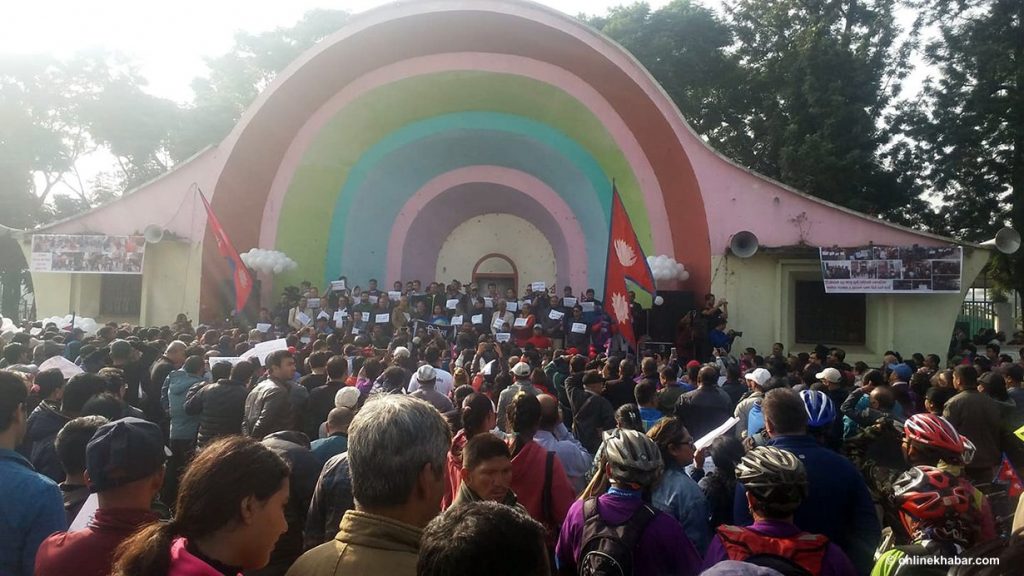
Historically, Khulamanch served as both a playing field and a breeding ground for aspiring politicians. However, with the onset of the 1980 referendum, the space transformed into a platform for political events. It was during this time that BP Koirala organised a massive gathering at Khulamanch, marking the first significant political assembly after the referendum.
Following that. more and more political gatherings taking place at Khulamanch. Due to its close proximity to the Narayanhiti Royal Palace, political parties felt staging demonstrations at Khulamanch would make them heard. After the 1990 people’s movement, household names like Ganeshman Singh, Krishna Prasad Bhattarai, and Girija Prasad Koirala also stood on the platform at Khulamanch and gave their speeches.
The place also witnessed the announcement of the outcome of the second people’s movement in 2006. Along with that, parties with a Madhesh-centric focus, born out of the Maoist and Madhesh movements, also used Khulamanch to repeatedly communicate their ideas and demands during the peace process that followed the 12-point agreement.
During the making of the constitution as well, Khulamanch was the platform for individuals and parties to express their voices.

However, after Khulamanch was padlocked, there have not been many political events on its hallowed turf. Instead, major political and social programmes are being held on roads leading to traffic mismanagement and chaos.
In the past, Khulamanch was a part of the Greater Tundikhel that spread from Ranipokhari to Tripureshwor. However, most of it has now been encroached upon by various government bodies. During King Mahendra’s regime, iron bars were put up dividing the whole area into two sections–one being Ratnapark and another Tundikhel starting from Sainik Manch (Army Pavilion).
Even in the smaller Tundikhel, encroachment was still rampant by the government and traders. More than 45 commercial shutters were built inside Khulamanch during the tenure of the previous mayor Bidya Sundar Shakya.
But now, after Kathmandu metropolitan city’s decision to open Khulamanch to the public, the platform will not only give people the freedom and access to the few open spaces left in the city but the voices of the politicians and social leaders will also be heard again.
Activist Sanjay Adhikari says,
“This is positive steps. The city finally heard our plea to free Tundikhel. This the beginning and we are happy,” said activist Sanjay Adhikari.
Bijay Shrestha, the coordinator of the Occupy Tundikhel campaign, expresses his happiness that the Khulamanch is about to be opened to the general public after a long struggle.
“Khulamanch has always been the property of the people of Kathmandu. Despite that, it was made into a bus station where some people built shutters. Finally, it is being opened to the public,” said Shrestha who adds the place will be open as soon as the leveling work is concluded.
This story was translated from the original Nepali version and edited for clarity and length.







